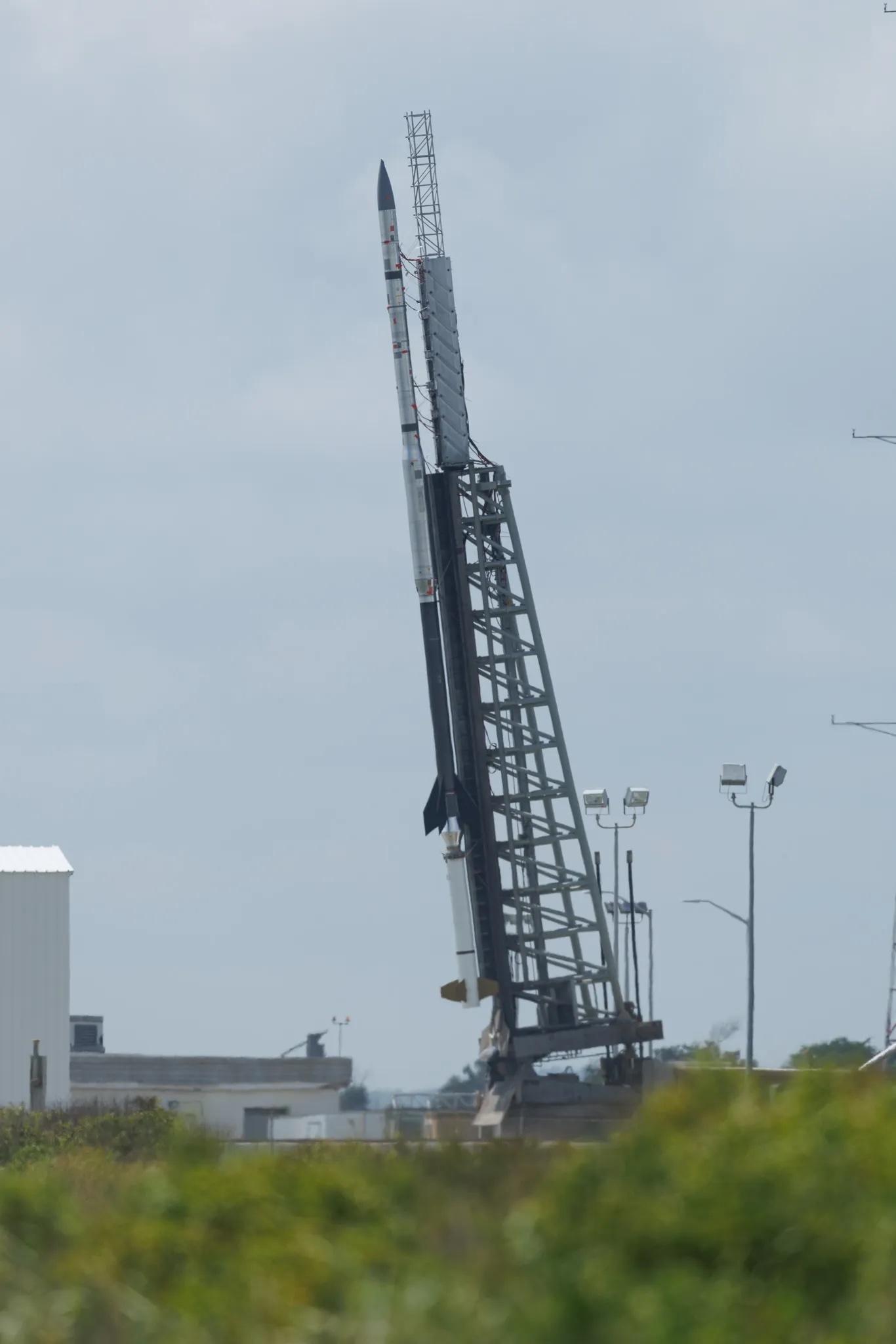17.08.2025
The Turbulent Oxygen Mixing Experiment Plus, or TOMEX+, is a NASA sounding rocket mission that will investigate one of Earth’s most turbulent atmospheric regions — the mesopause. Led by principal investigator Jim Clemmons, a professor of physics and astronomy at the University of New Hampshire, TOMEX+ will open its launch window from NASA’s Wallops Flight Facility on Wallops Island, Virginia, on Monday, Aug. 18.

The mesopause is a region of the upper atmosphere stretching from about 53 to 65 miles (85 to 105 kilometers) in altitude, at the boundary between Earth’s mesosphere and thermosphere. It is the coldest layer of our atmosphere, where icy noctilucent — or “night-shining” — clouds form and temperatures drop to nearly minus 148 degrees Fahrenheit (minus 100 degrees Celsius). The mesopause is a mixing ground where weather patterns from the lower atmosphere transfer energy upward into space, fueling turbulence that can increase drag on satellites. This layer’s role linking Earth to space makes it a priority for research. But, since the layer spans the Von Kármán line — the theoretical boundary where Earth’s atmosphere transitions to outer space — it is difficult to access, too high for weather balloons and too low for satellites. Many of its mysteries can only be explored using sounding rockets, which can be precisely aimed to reach specific altitudes.
The TOMEX+ mission will focus on a layer of atomic sodium in the atmosphere that peaks at about 56 miles (90 kilometers) altitude. This sodium layer forms from the constant influx of dust grain-sized meteors that burn up in the sky. A specialized laser aboard the TOMEX+ rocket, tuned to a wavelength that excites sodium atoms, will cause the sodium layer to fluoresce. This glowing band then becomes a natural tracer for atmospheric motions, allowing scientists to track its bends, ripples, and swirls as energy moves through the upper atmosphere.
The mission builds on the design of the original TOMEX sounding rocket launched in 2000. This time, the mission will use three rockets instead of one, and one of the rockets will carry a lidar (light detection and ranging) instrument previously used only on the ground. The first two rockets, launched within one minute of each other, will release vapor tracers — colorful clouds made from compounds similar to those in fireworks — which scientists will photograph from the ground to map upper-atmospheric wind patterns. The third rocket, launched about five minutes later, will carry the lidar instrument, sending out short pulses of visible light at a wavelength absorbed and re-emitted by atomic sodium. By analyzing the returned light, scientists can measure atmospheric density and motion over time.
Together, the TOMEX+ payloads will provide the clearest 3D view yet of turbulence at the edge of space, improving our understanding of high-altitude cloud formation, satellite drag, and even atmospheric processes on other planets.
The launch window for TOMEX+ opens Aug. 18, from 10 p.m. to 6 a.m. Tuesday, Aug. 19, and runs nightly through Sept. 3. Mission updates will be posted on the Wallops Range blog and on social media prior to each launch attempt.
The Wallops Visitor Center will not be open for launch viewing, but will maintain normal operating hours. Follow live updates on Wallops Facebook and X, with a livestream beginning five minutes before launch.
Quelle: NASA

